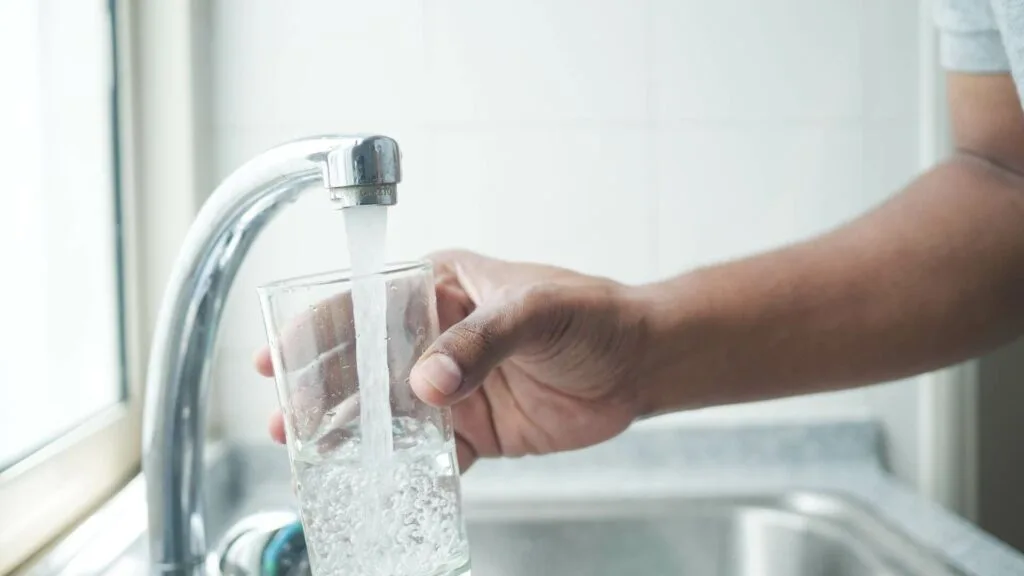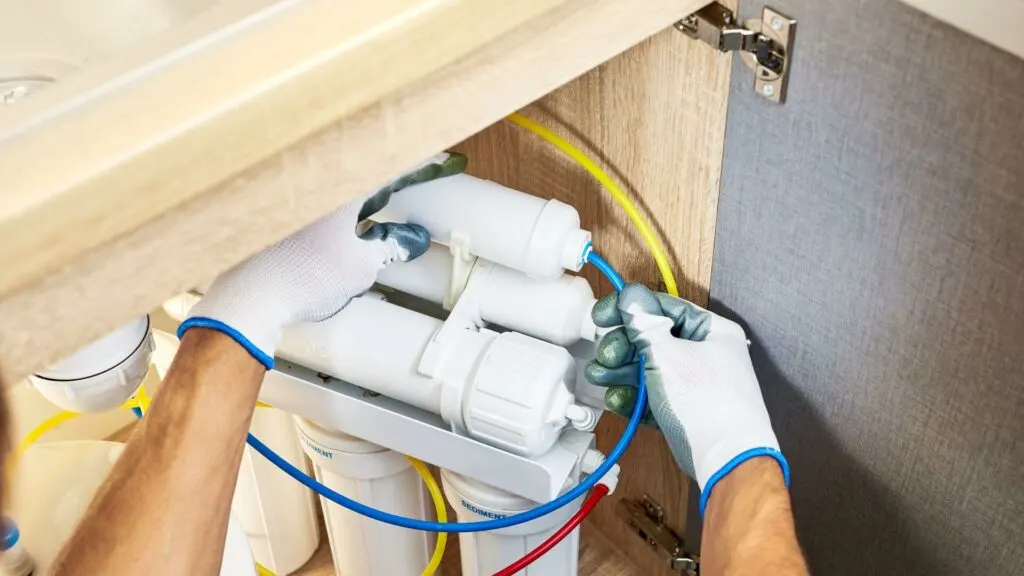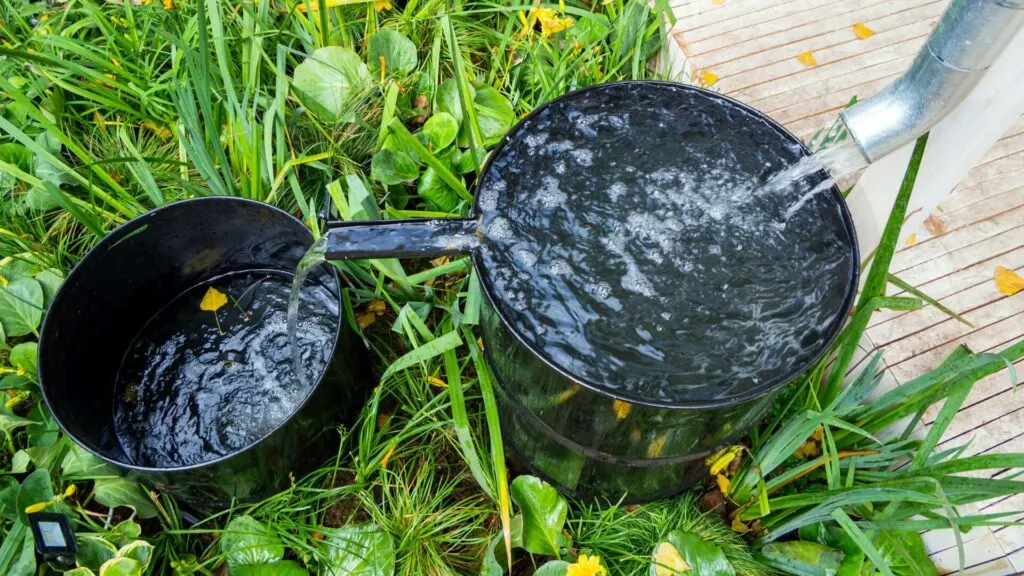Water is a precious resource, and conserving it is not just an environmental concern but also a way to save money on your utility bills. Fortunately, there are several simple steps you can take to reduce water wastage in your home. In this article, we’ll provide you with a comprehensive guide on how to do just that.

Fix Leaks Promptly
Here’s a guide to get you started: regularly inspect your plumbing for leaks. Even a small drip can waste a significant amount of water over time. Check faucets, toilets, and pipes for any signs of leakage and repair them promptly.
Upgrade to Low-Flow Fixtures
One of the most effective ways to cut water wastage is to replace older, inefficient fixtures with low-flow alternatives. Install low-flow toilets, showerheads, and faucets to reduce water consumption without sacrificing water pressure or performance.
Collect Rainwater
Harvesting rainwater is an eco-friendly way to reduce your reliance on municipal water sources. Set up rain barrels or a rainwater harvesting system to collect rainwater for outdoor use, such as watering your garden or lawn.
Opt for Efficient Appliances
When it’s time to replace household appliances, choose water-efficient models. Energy Star-rated washing machines and dishwashers use less water while still delivering excellent performance. This not only conserves water but also saves on energy costs.

Be Mindful of Landscape Watering
Overwatering your lawn and garden is a common source of water wastage. Use a drip irrigation system or soaker hoses to deliver water directly to the root zones of plants, reducing evaporation and runoff. Water your plants in the early morning or late afternoon to minimize water loss to evaporation.
Time Your Showers
Long, leisurely showers can be a major source of water wastage. Consider installing a shower timer or using a phone app to keep track of your shower time. Aim for shorter showers to reduce water consumption.
Collect and Reuse Greywater
Greywater is the relatively clean wastewater from sinks, showers, and laundry machines. You can capture and reuse greywater for flushing toilets or watering plants or watering and caring for grass. Be sure to follow local regulations and safety guidelines when setting up a greywater system.
Fix Running Toilets
A constantly running toilet can waste a significant amount of water each day. To check if your toilet is running, add a few drops of food coloring to the tank. If the color appears in the bowl without flushing, you have a leak. Repair or replace the faulty components to stop the wastage.
Use a Pool Cover
If you have a swimming pool, consider using a pool cover when it’s not in use. This helps reduce evaporation and the need to top up the pool with fresh water.

Educate Your Family
Water conservation starts with awareness. Educate your family members about the importance of saving water and encourage them to adopt water-saving habits, such as turning off the tap while brushing their teeth or fixing leaks promptly.
Monitor Your Water Usage
Install a water meter or use a smart water monitoring system to track your daily water consumption. Monitoring your usage can help you identify patterns and areas where you can further reduce wastage.
Insulate Hot Water Pipes
Insulating hot water pipes can reduce the time it takes for hot water to reach your faucets, which means less water goes down the drain as you wait for it to heat up.
By following these tips and making a conscious effort to reduce water wastage in your home, you can contribute to a more sustainable future while also lowering your water bills. Remember, every drop counts, so start implementing these practices today to make a positive impact on both your wallet and the environment.
Now that you have this comprehensive guide, it’s time to take action and make a difference in your home’s water consumption habits.

Jessi is the creative mind behind The Coffee Mom, a popular blog that combines parenting advice, travel tips, and a love for all things Disney. As a trusted Disney influencer and passionate storyteller, Jessi’s authentic insights and relatable content resonate with readers worldwide.
